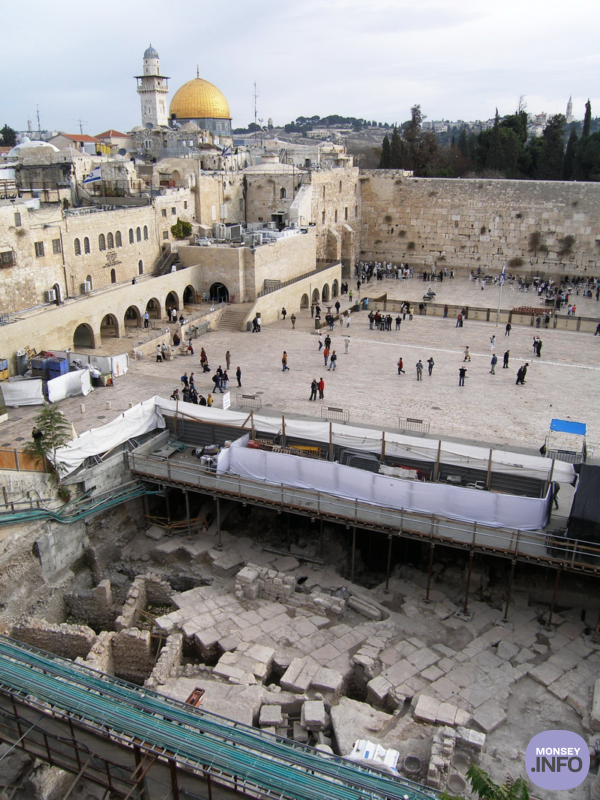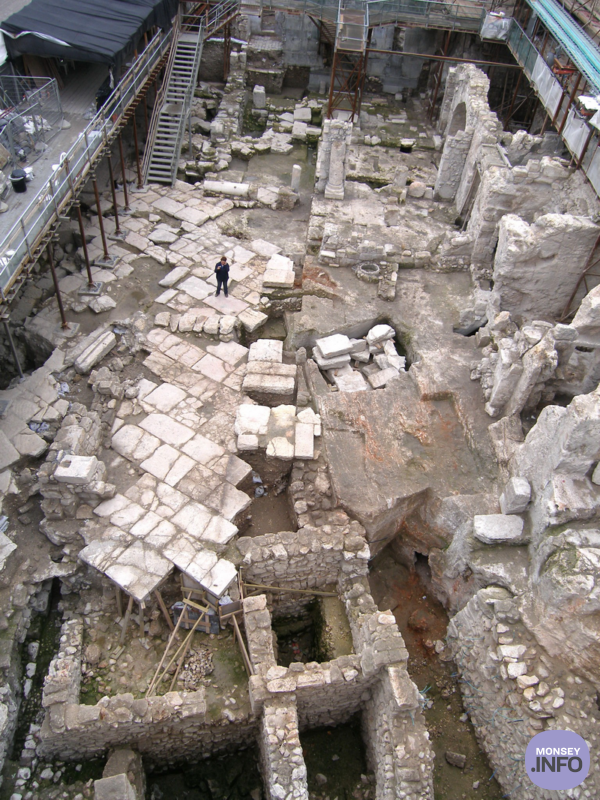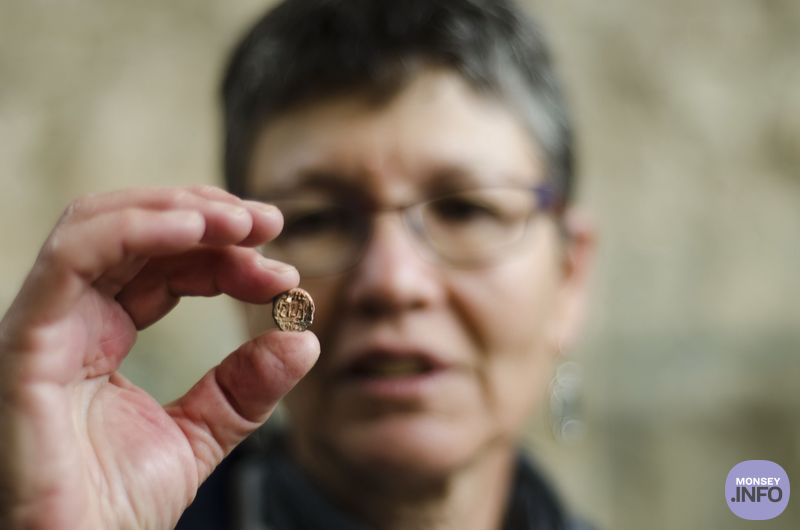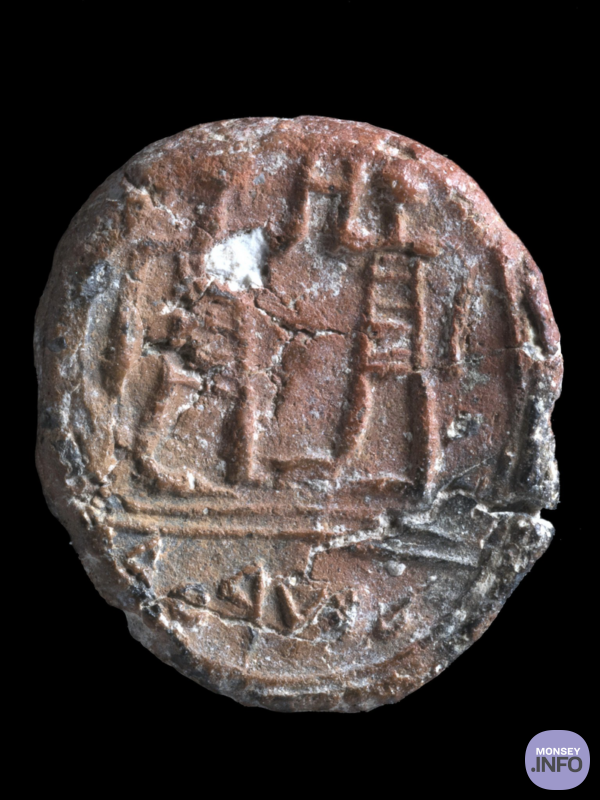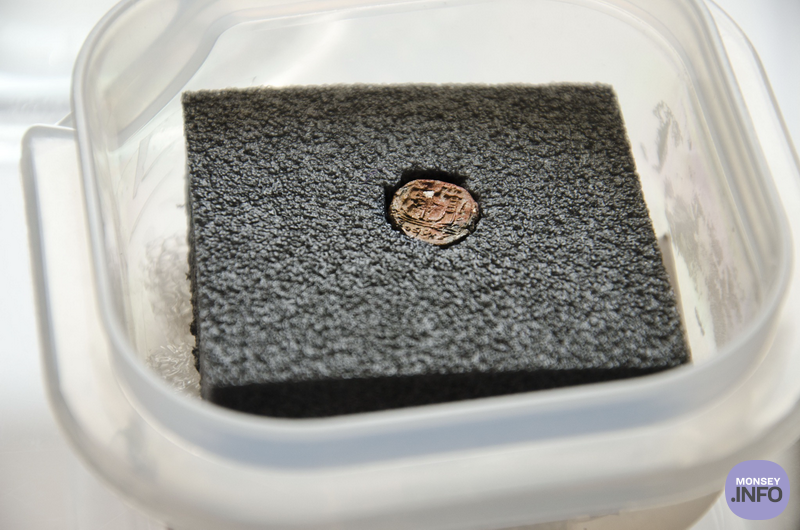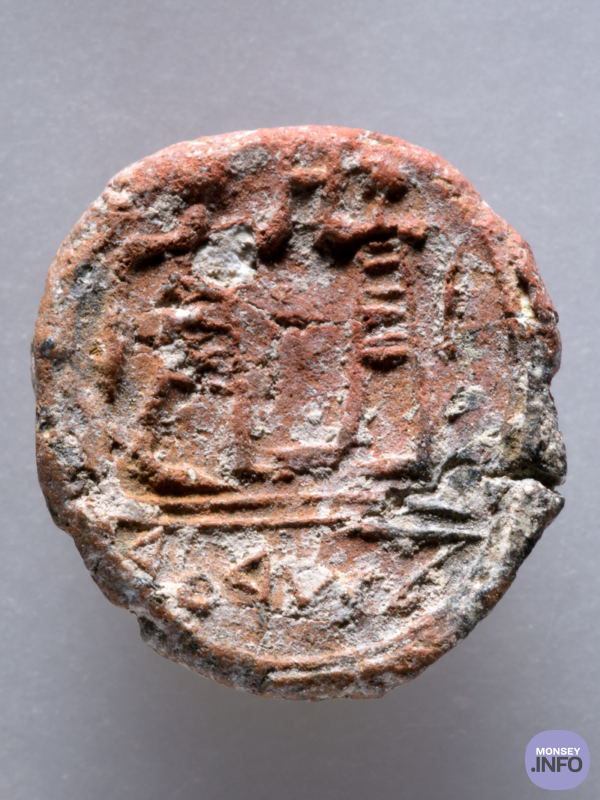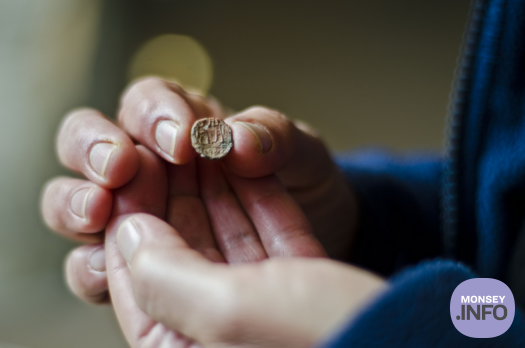
Unique Stamped Clay Sealing from the First Temple Period Unearthed in Kotel Excavations
A unique important discovery was made during archaeological excavations carried out in the Western Wall Plaza a few years ago, on behalf of the Israel Antiquities Authority and in conjunction with the Western Wall Heritage Foundation: a stamped piece of clay from the First Temple period that belonged to the “Governor of the City” of Jerusalem – the most prominent municipal position in Jerusalem of 2700 years ago.
This extraordinary find is a stamped and fired lump of clay, measuring 13 × 15 mm and 2–3 mm thick. The upper part of the sealing depicts two figures facing each other, and the lower part has an inscription in ancient Hebrew script. The sealing was shown to Nir Barkat, the Mayor of Jerusalem, during his visit to the Davidson’s Center, near the Western Wall, last week. The sealing will be temporarily exhibited in the mayor’s office, after the completion of the scientific research.
The sealing, whose function is not known, was found by Shimon Cohen while wet-sieving the soil from a late First Temple-Period building (seventh–sixth centuries BCE),
located in the northwestern part of the Western Wall Plaza. Dr. Shlomit Weksler-Bdolah, excavator of the site on behalf of the IAA, believes that “the sealing was probably attached to an important missive and may have served as a sort of logo, or as a small dispatch sent on behalf of the governor of the city.” Dr. Weksler-Bdolah further suggests that “It is probable that one of the buildings exposed in our excavation was the destination of the missive sent by the city governor. The find of the sealing with this high-ranking post, as well as the large assemblage of actual seals found in the building in the past, supports the assumption that this area, located on the western slopes of the western hill of ancient Jerusalem, about 100 m west of the Temple Mount, was inhabited by high-ranking officials during the First Temple period.” According to Dr. Weksler-Bdolah, “This is the first time that such a sealing has been found in a legal excavation, and it supports the biblical record of the existence of a governor of the city in Jerusalem 2,700 years ago.”
Prof. Tallay Ornan of the Hebrew University and Prof. Benjamin Sass of Tel Aviv University studied the sealing and described it as follows: “Two men face each other, in a mirror-like manner, above a double line. Their heads are depicted as large dots, lacking details. The outward-facing hands facing are dropped down, and the inward-facing hands are raised. All the figures wear striped, knee-length garments. In the register beneath the double line, an ancient Hebrew inscription reads: לשרער, with no spacing between the words and no definite article. It denotes לשר העיר, i.e., “belonging to the governor of the city.”
Prof. Ornan and Prof. Sass add, “the title ‘Governor of the City’ is known from the Bible and from extra-biblical documents, referring to an official appointed by the king. Governors of Jerusalem are mentioned twice in the Bible: Joshua is the governor of the city in the days of Hezekiah (2 Kings), and, Maaseiah is the governor of the city in the days of Josiah (2 Chronicles).
Photos: Yoli Shwartz, Shlomit Weksler-Bdolah and Clara Amit, Israel Antiquities Authority.
